
History of Odisha has seen many bloodshed wars between dynasties sometimes. However, the cult of Lord Jagannath has always been a burning flame above all those bloody fights. Trutiya Deva temple of Suvarnapur village beneath the Saranda hills just few kilometres from beautiful Lake Ansupa is a historic temple that was constructed in the 14th century, as an outcome of such a fierce battle between two neighboring kingdoms.
Last September, I along with my travel partner Subhasish Dash reached this magnificent temple to explore something more about the history & legends of this ancient temple. We were guided by a local resident from Banki, Lalit Mohan Panda, who described about various legends, folklore & historical stories associated with the temple.
Trutiya Deva temple dedicated to Lord Jagannath was built in the 14th century by the Ganga king Subarna Keshari Deva. The Ganga King was residing nearby Saranga Gada (Chudanga Gada) area & he was a regular visitor to Trutiya Deva Temple (the original one) in Mania Bandha village of Tigiria Gada kingdom. The princess of Tigiria was also a huge devotee of Lord Trutiya Deva & used to visit the temple daily. A love affair developed between the two, which eventually lead to a secret marriage which the King of Tigiria didn’t accept. The princess moved to Saranga Gada with the Ganga king & became her queen. However, war broke out between the two neighbouring kingdoms that resulted in the Ganga king to build the fort near Ansupa Lake, known as Saranda Gada.
The war continued for several years & both the king & queen were not able to get the darshana of Trutiya Deva. The Ganga king then decided to build a temple in his own kingdom. He established a village called Suvarnapur & the majestic temple of Jagannath was set-up. After few years, the war was cease fired, however the beautiful Ganga architecture had remained tall as a witness & outcome of that fierce battle.
The temple is a classic example of Kalingan architecture style, and its construction style is very much similar to the great Jagannath temple of Puri. The temple is decorated with architectural motifs such as khakharamundis in talajangha, pidhamundis in the uparajangha, rekhamundis in the anuratha pagas, miniature angasikhara on the frontal raha, rekhamundi designs in talagarbhika, gajakranta motifs on each raha, dopichhasimhas and Surya images over the beki of the vimana; balustrade windows filled with khakharamundi niches in the jagamohana; decorative motifs like-miniature chaitya motifs, padmaprosta design, scroll motifs, beaded border, lattice pattern, kirtimukha, remnants of gaja-vidala and nayikas in different pose in the recess of the pagas; divinities like Brahma, Ganesa, four-armed Visnu, matsya avatara, female divinity etc. The maithuna images, mostly rajapana scenes, are profusely carved in the jagamohana. Animals, procession, musicians etc. can also be found on the jagamohana entrance.
The presiding deity is Jagannath, Balabhadra & Subhadra. All rituals here are carried out in a same manner as the Puri Jagannath temple. Although, being taken over by Archaeological Survey of India (ASI), this temple still remains an unknown heritage spot for many. The beautiful temples is very close to other tourist destination like Ansupa Lake, Charchika temple of Banki, Saranda Gada Fort etc & really add big values to the tourist map of Cuttack district.

By Deepak Kumar Nayak

The soul food of Odisha
19 Mar 2024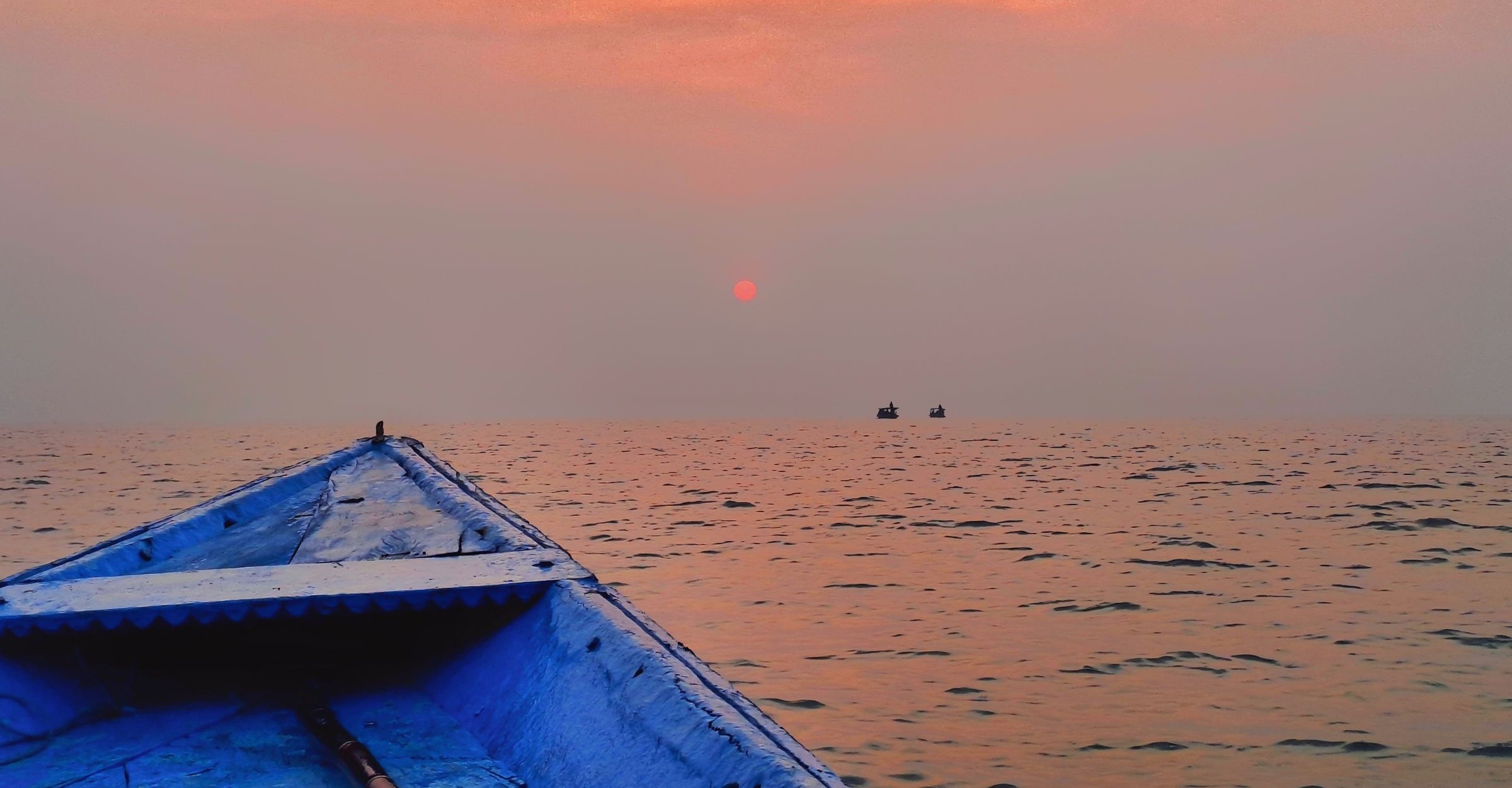
CHILIKA ODYSSEY : EXPLORING THE RICH AVIAN ...
14 Feb 2024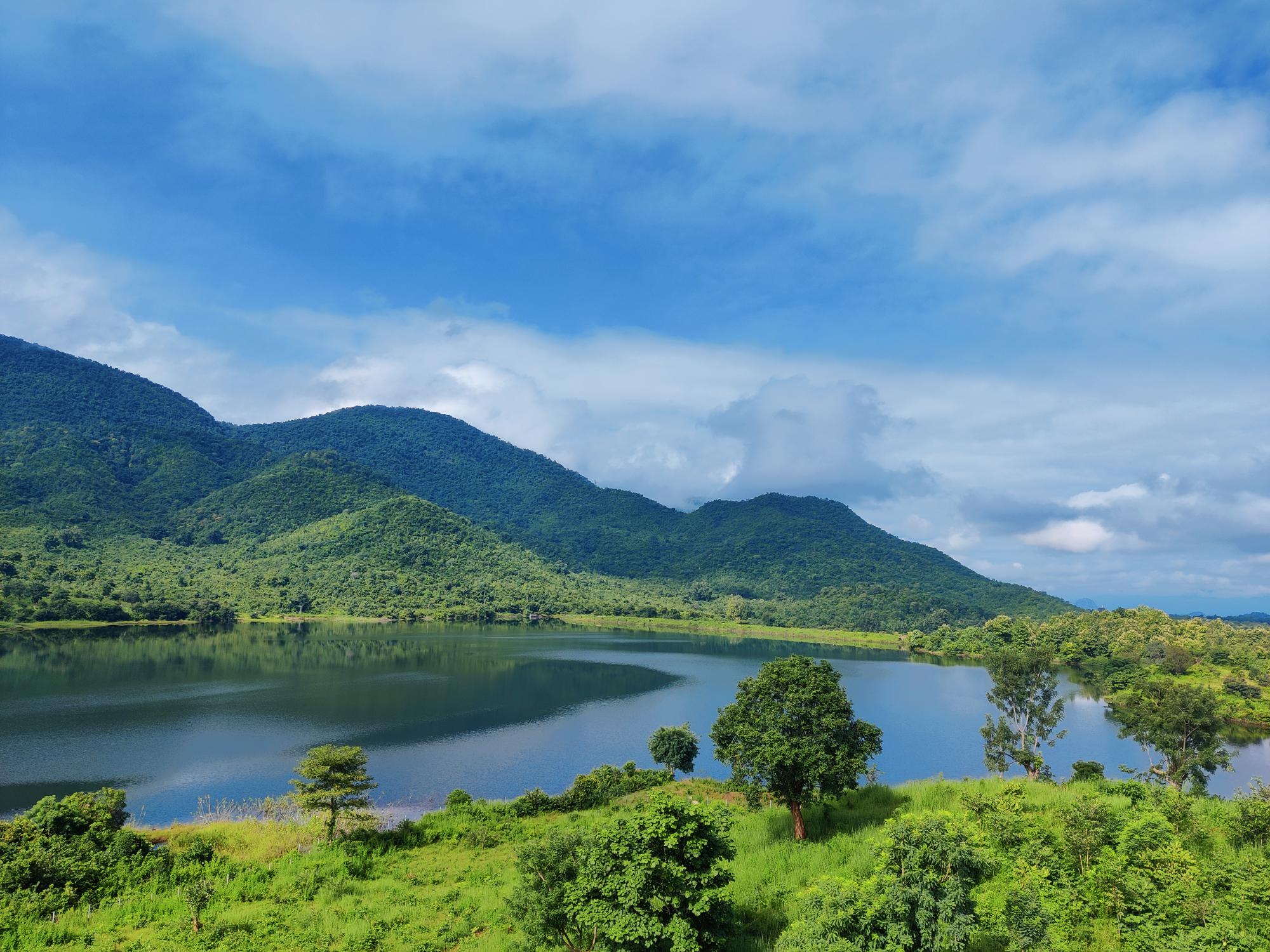
RABANDHARA ECO TOURISM
08 May 2023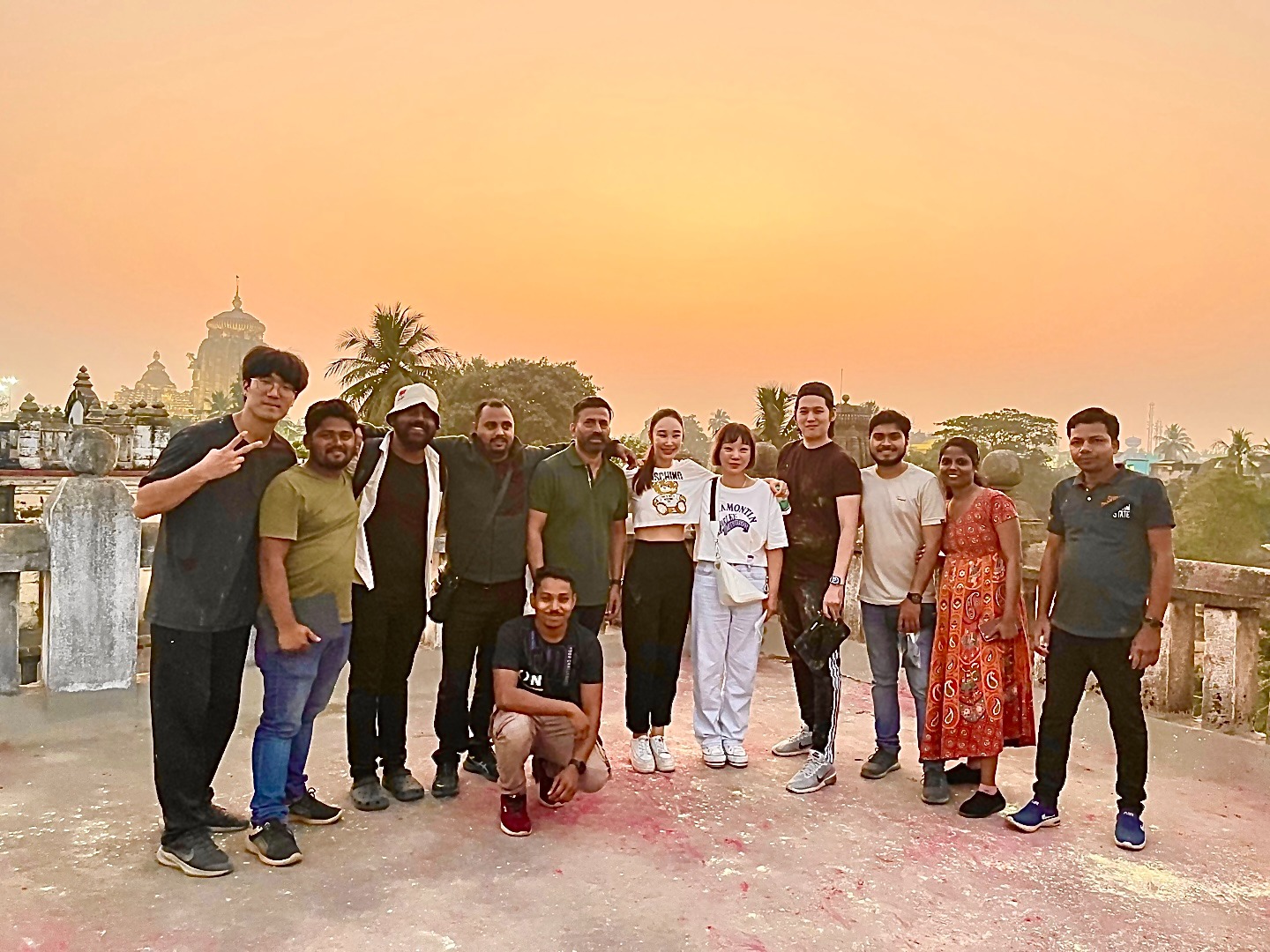
Filming vivid colours of Bhubaneswar with ...
13 Apr 2023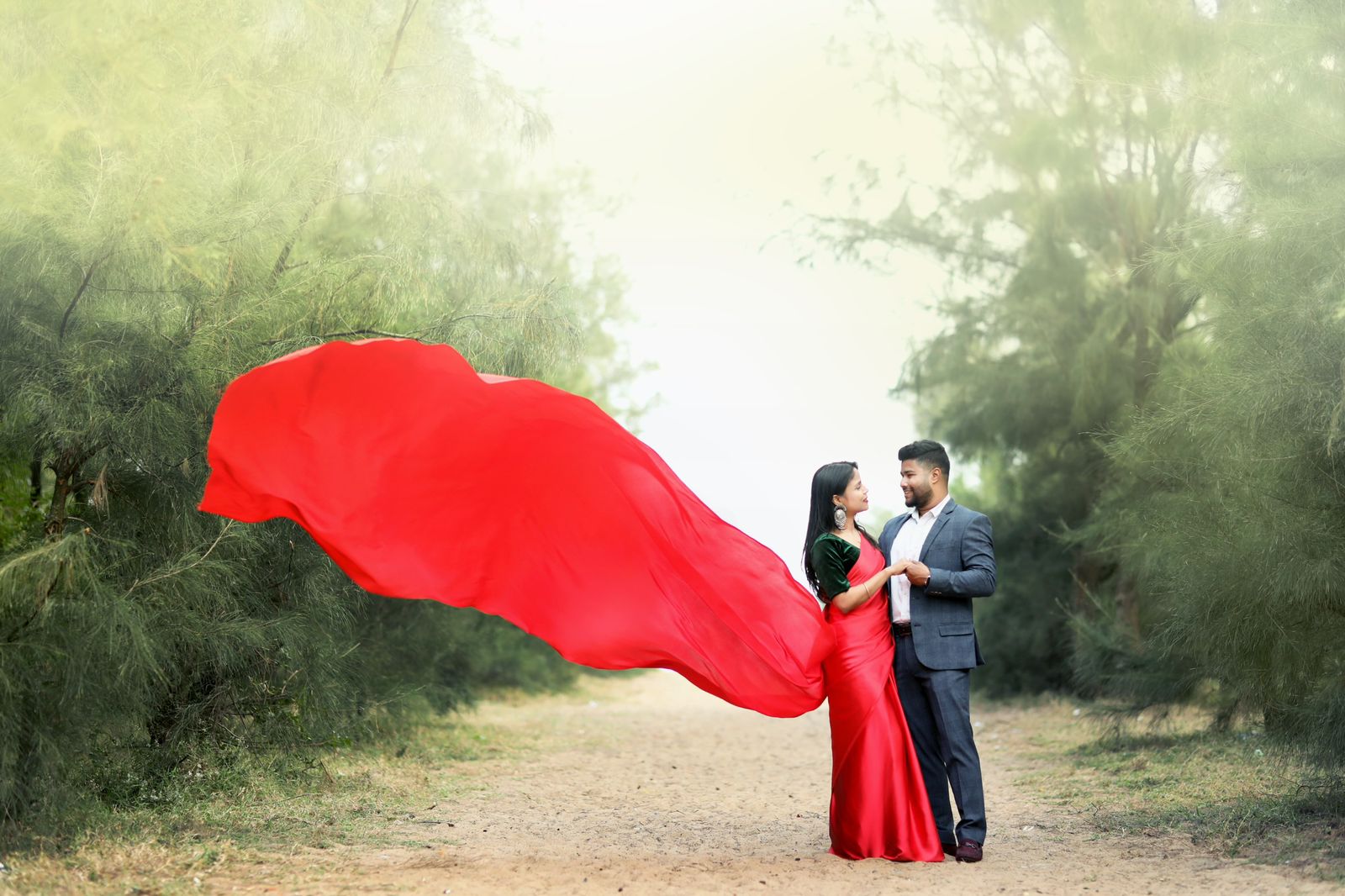
Spellbound Odisha a picture perfect ...
03 Feb 2023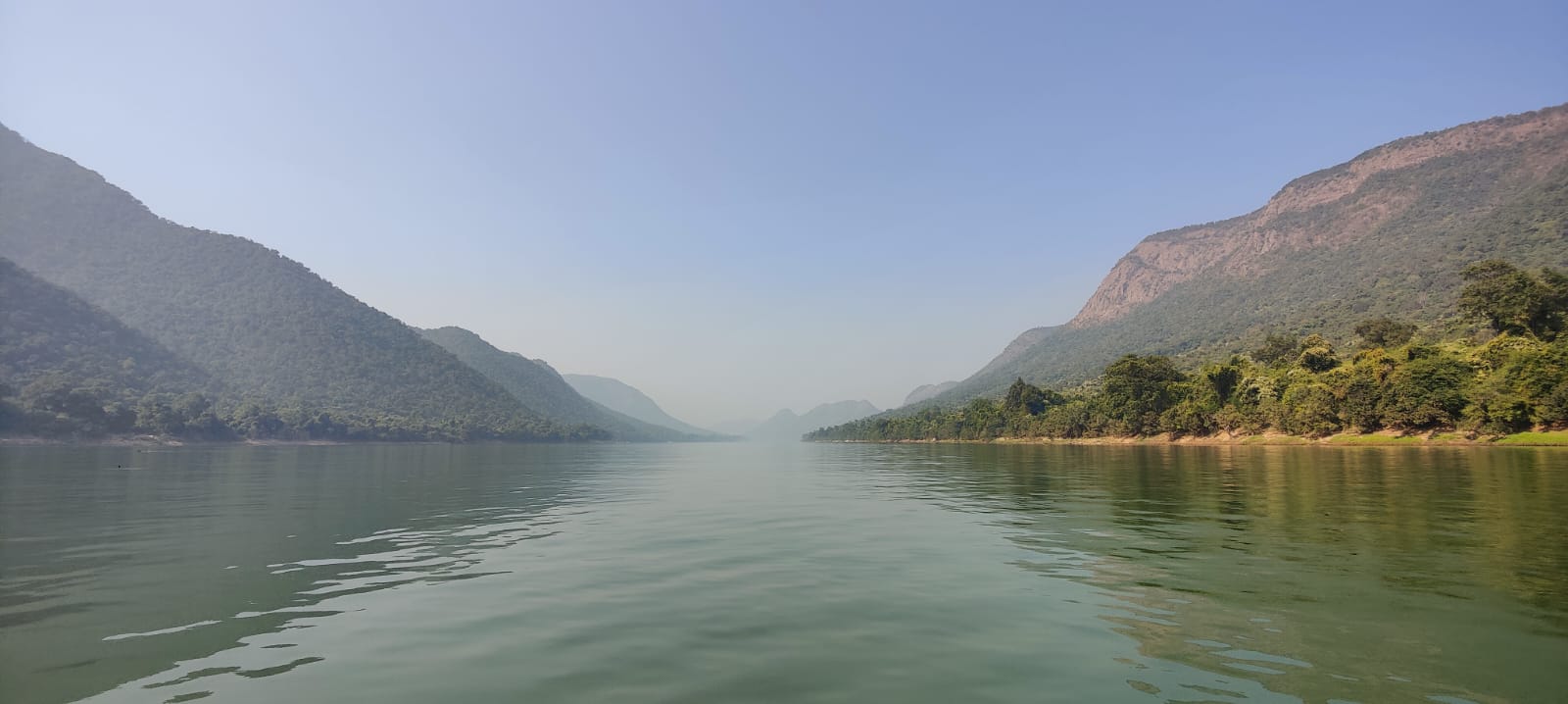
Satkosia a Nature’s Treasure Trove
03 Feb 2023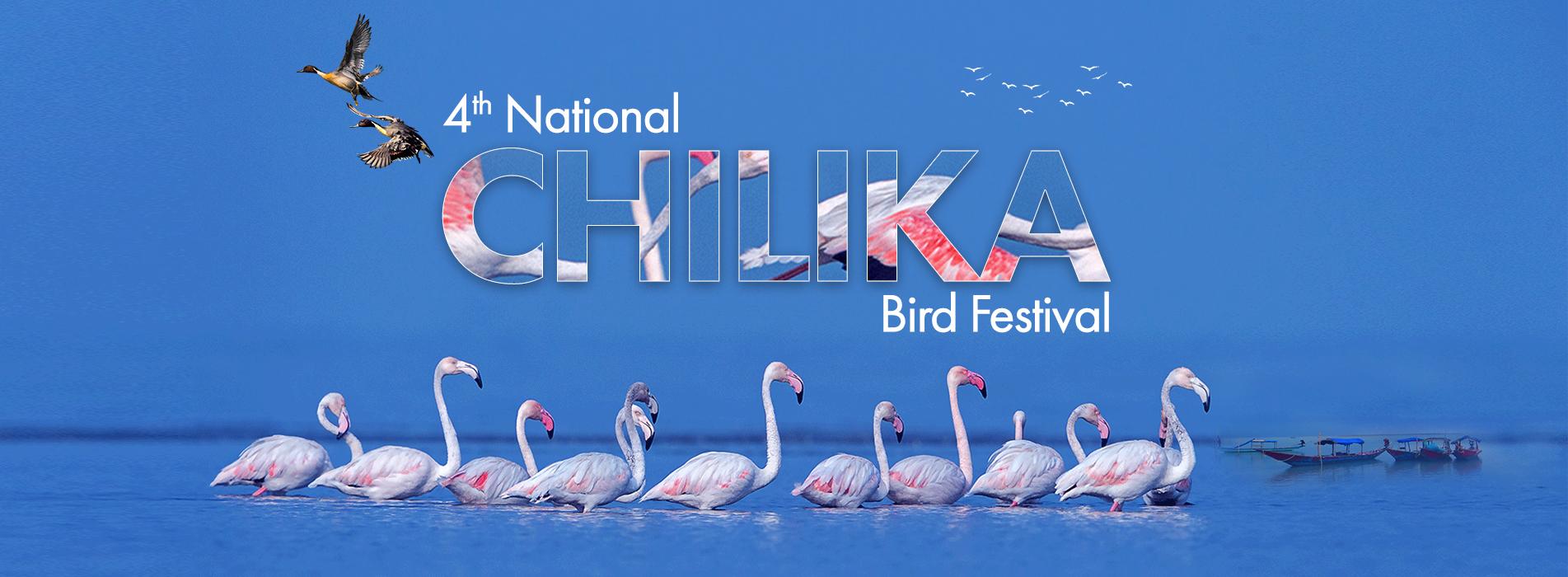
Odisha Wildlife in 4K
02 Jan 2023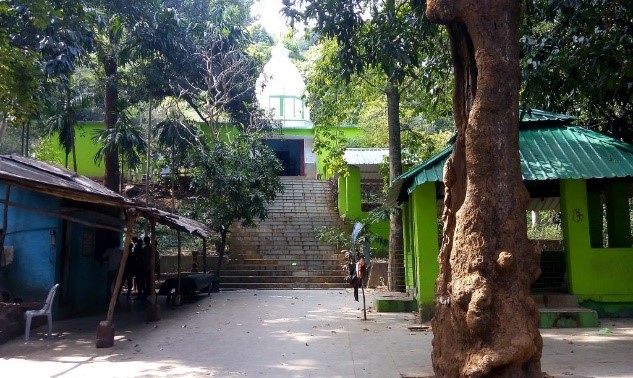
SAPTASAJYA-A Heavenly Tourist Destination
10 Oct 2022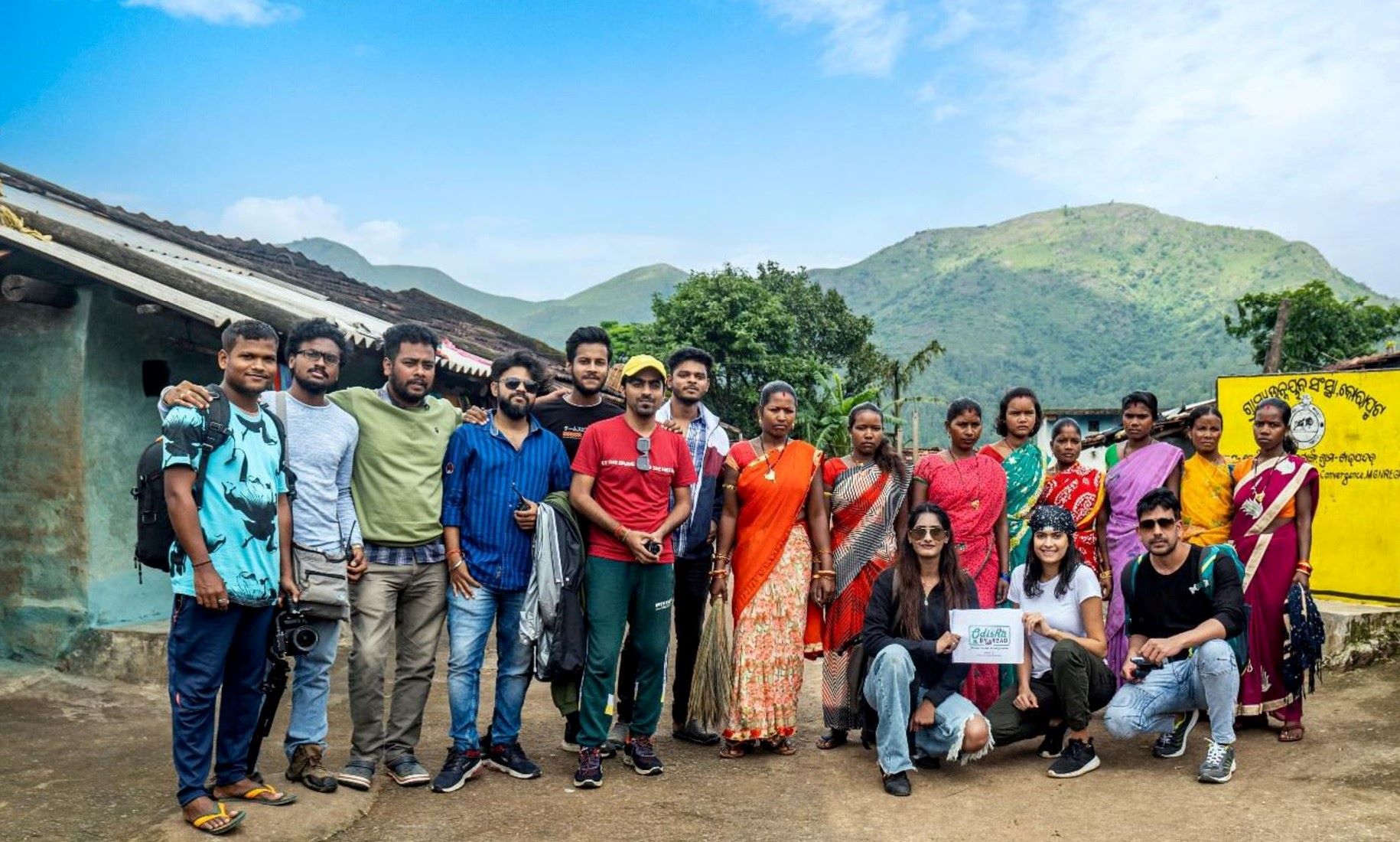
ODISHA BY ROAD 3.0-BEHIND THE SCENES
10 Oct 2022
My experiences on World Tourism Day
10 Oct 2022
Comments